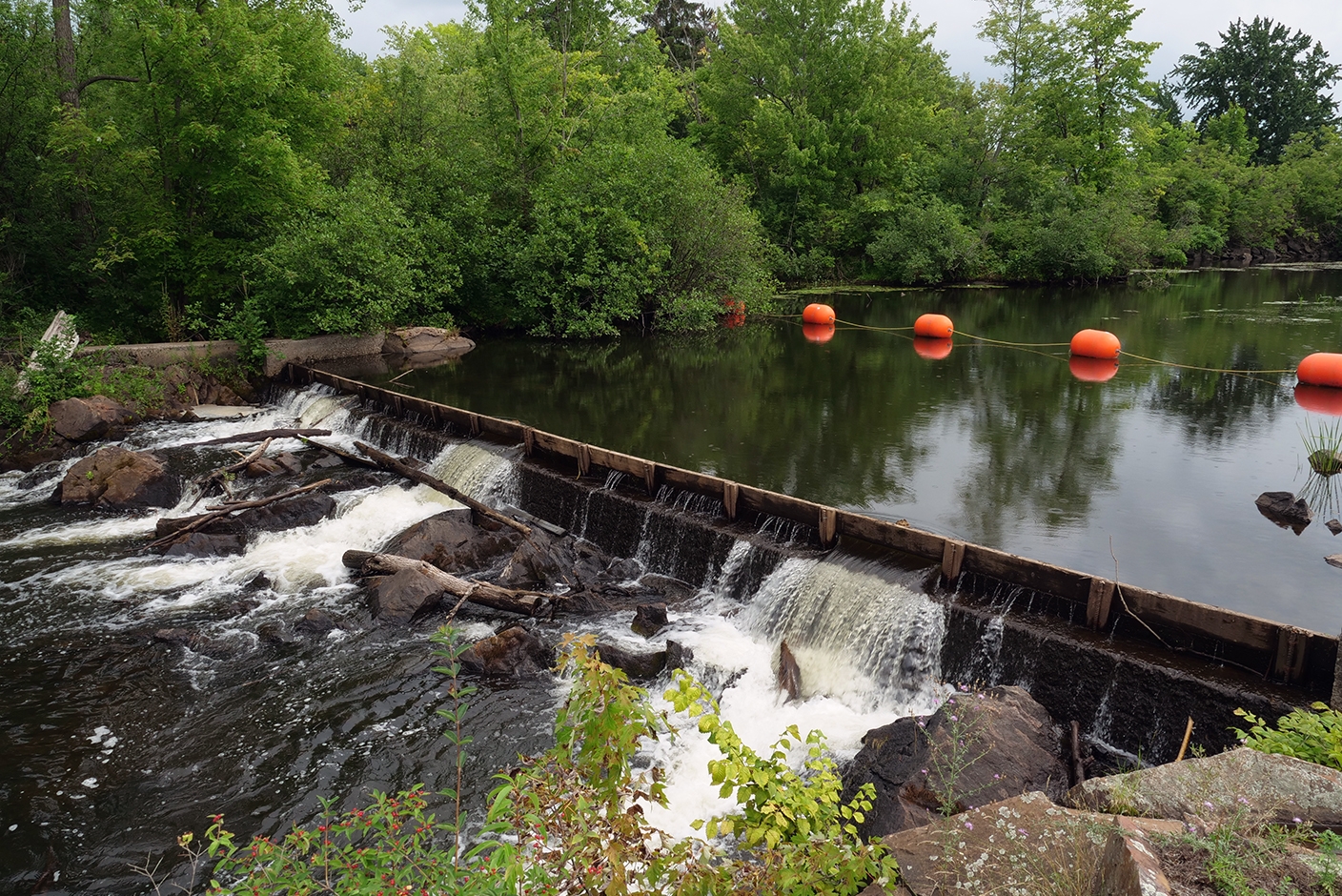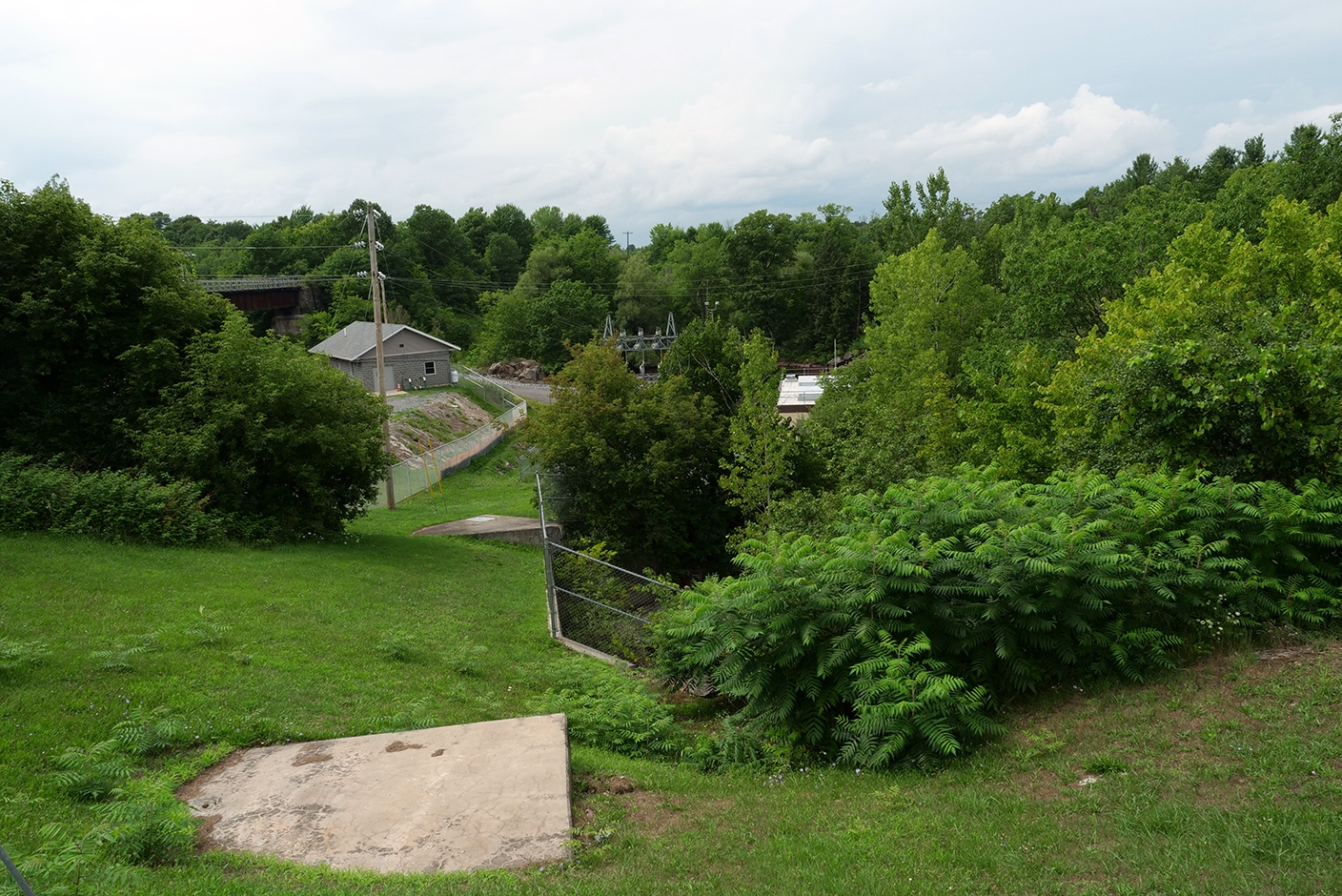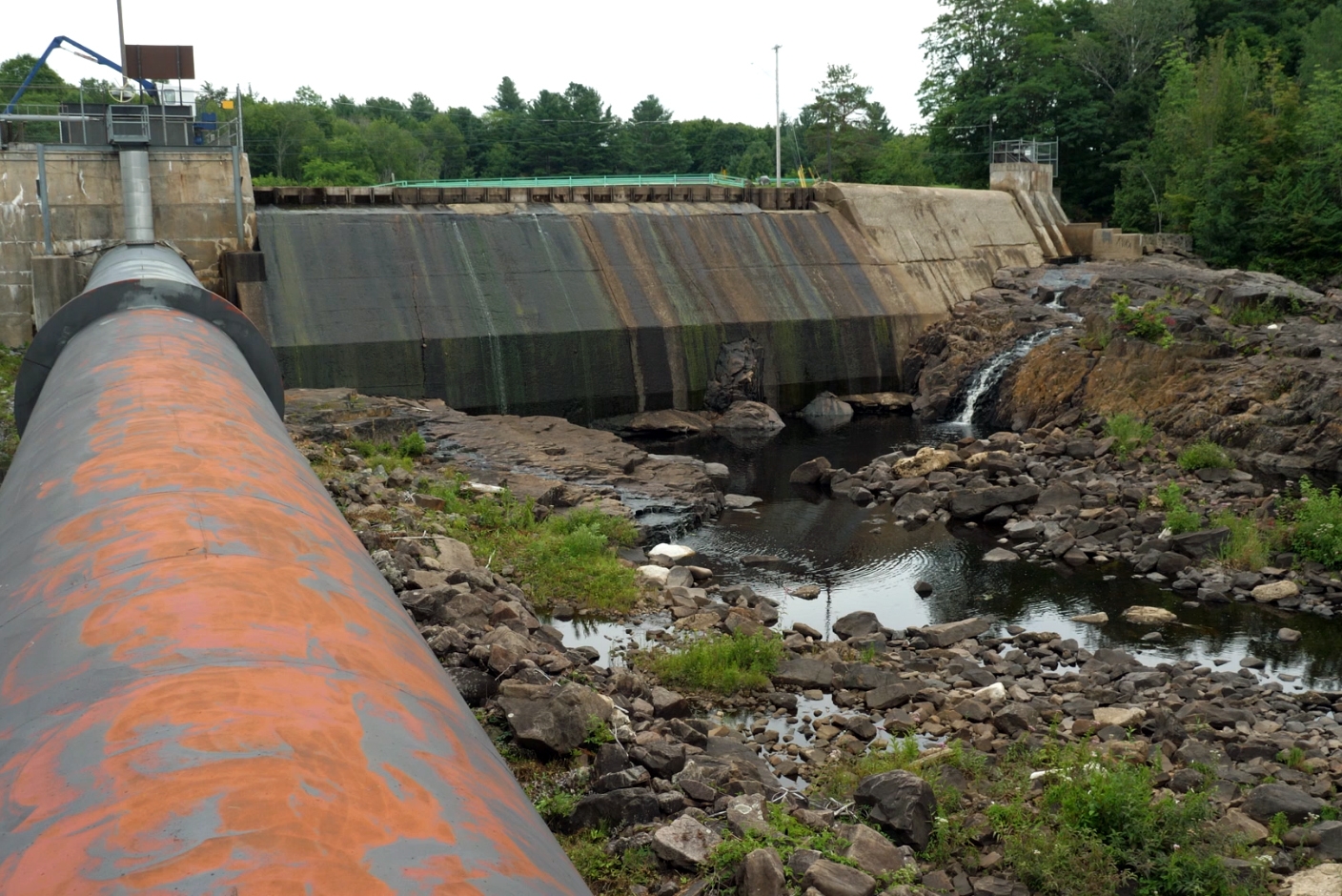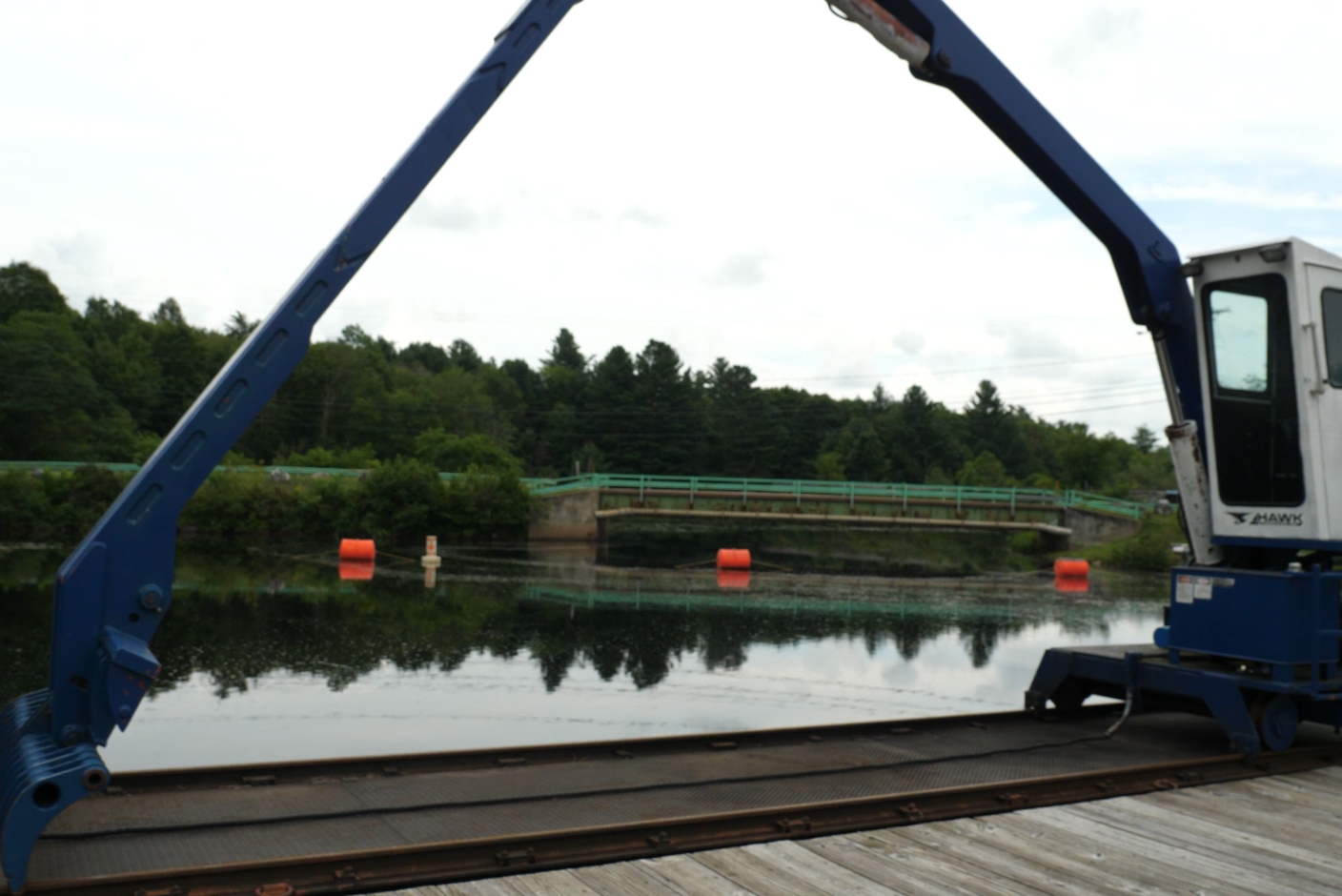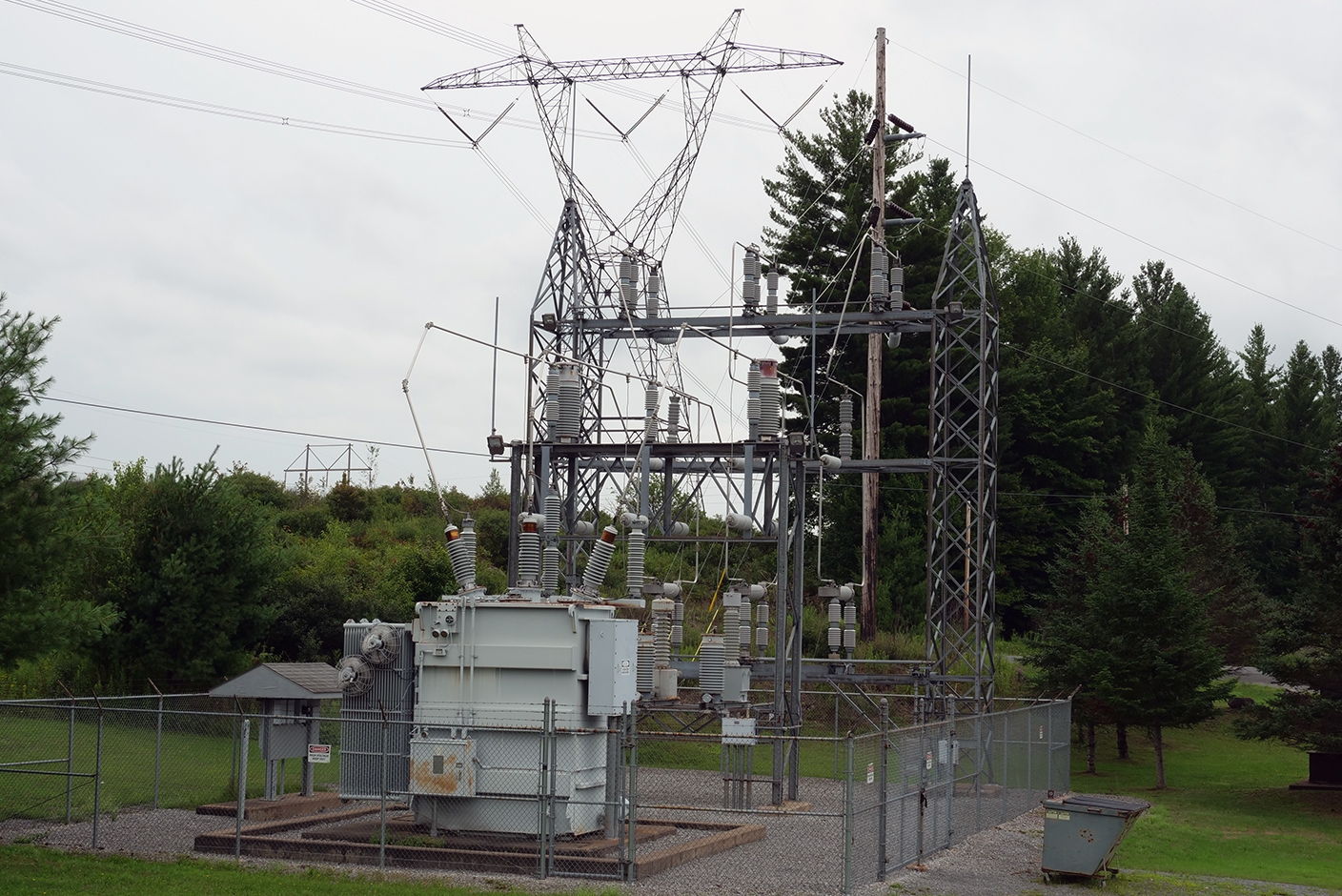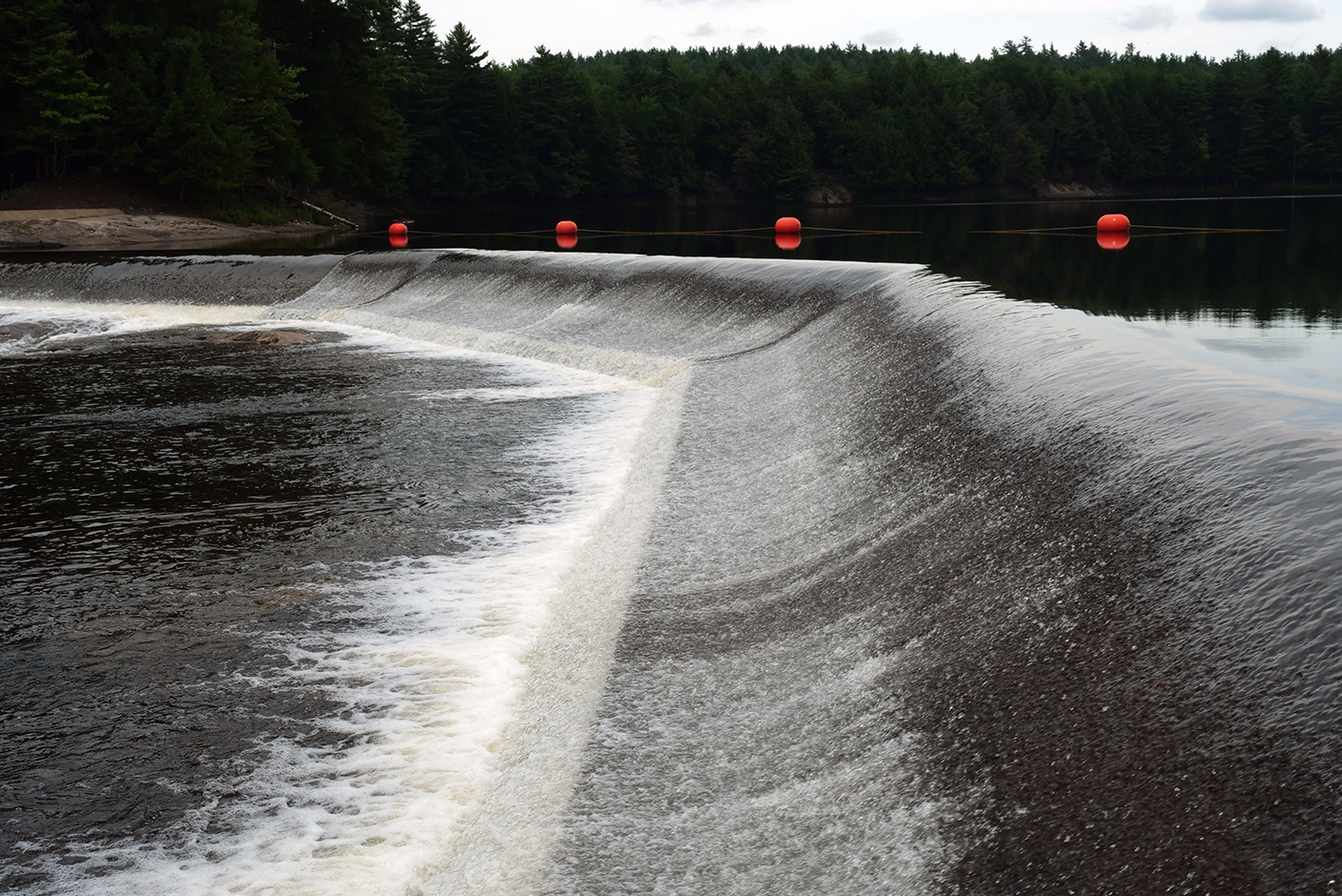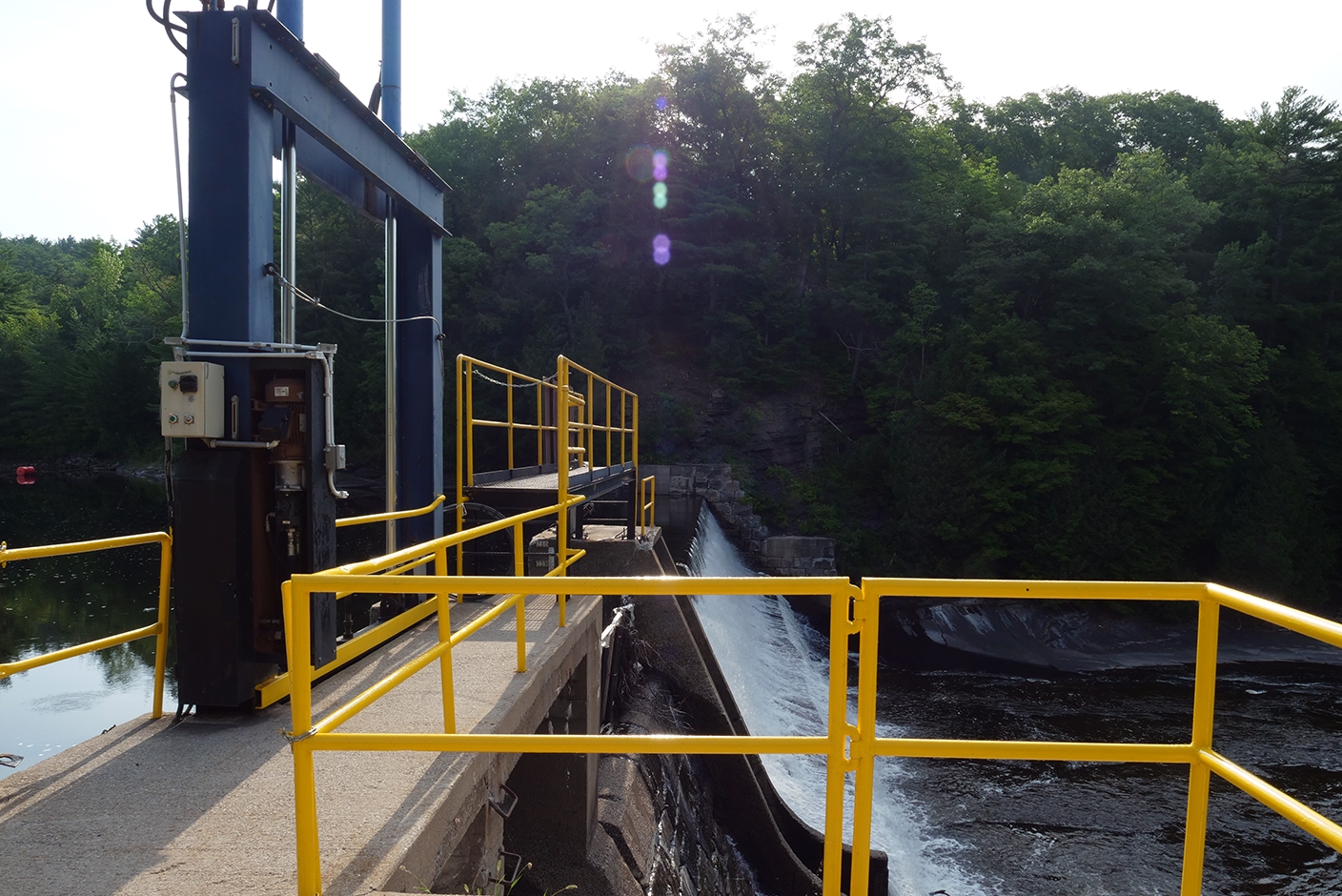

Run-of-the-river
In July 2015, Portage Power acquired four run-of-the-river hydroelectric facilities in New York State from Fortis Inc. Located in Lyons Falls, Dolgeville, Philadelphia and Diana, the combined output of these stations is 22.6 MW.
Philadelphia
The Philadelphia facility is located on the Indian River near the Village of Philadelphia in Jefferson County, New York. The station consists of a single turbine and generator with an output of 3.6 MW. Philadelphia is an unmanned generating station that is automatically controlled by regulating the headwater level at the intake.
The station at Philadelphia went into service in 1986 with upgrades to the controls made in 1998. These upgrades allow the operating personnel to continually monitor the operation via the SCADA system.
Diana
The Diana facility is located on the West Branch of the Oswegatchie River, in the Village of Harrisville, located in the northeast part of the Town of Diana in Lewis County, New York. The Diana facility was constructed at the site of St. Regis Paper Mill, which was retired in 1963.
The Diana facility has a single turbine and generator with an output of 1.8 MW. Diana is an unmanned station that is automatically controlled by regulating the headwater level at the intake.
Moose River
Located on the Moose River in the Town of Lyonsdale in Lewis County, New York, the Moose River Generating Station has one generating unit with an output of 12.2 MW. Moose River is an unmanned generating station that is automatically controlled by regulating the headwater level at the intake
The turbine and generator at Moose River were installed in 1987 and though operated remotely the site is continually monitored via a SCADA system and operating personnel visit the site daily to ensure operation continues without issues.
Dolgeville
The Dolgeville Hydroelectric Project is located on the East Canada Creek in the Village of Dolgeville, Herkimer County in New York. The station consists of a single turbine and generator with an output of 5.0 MW. The Dolgeville Hydro Project is a manned generating station with capabilities for local manual and automatic control operation.
The station went into service in 1985 and operating personal are on site daily to continually monitor the operations of the station; a SCADA system allows the station to be controlled remotely.





